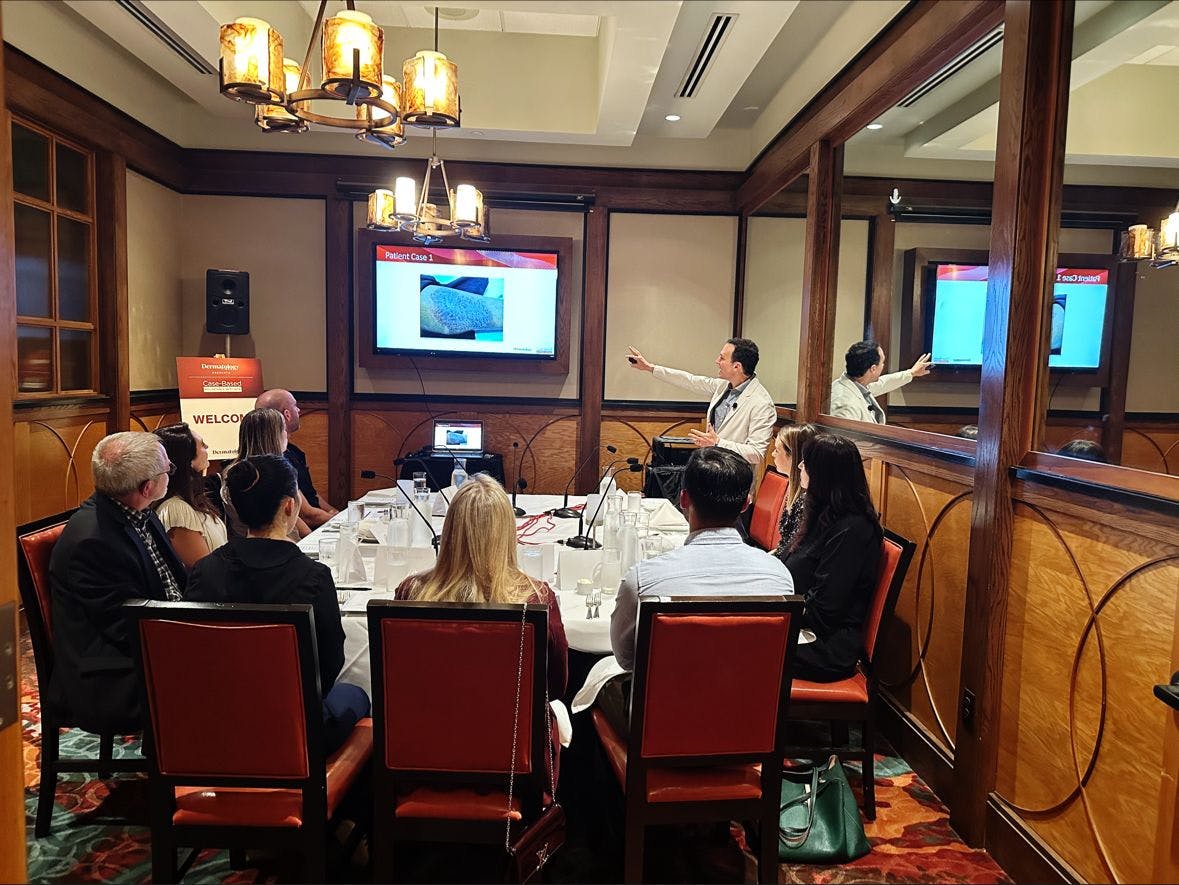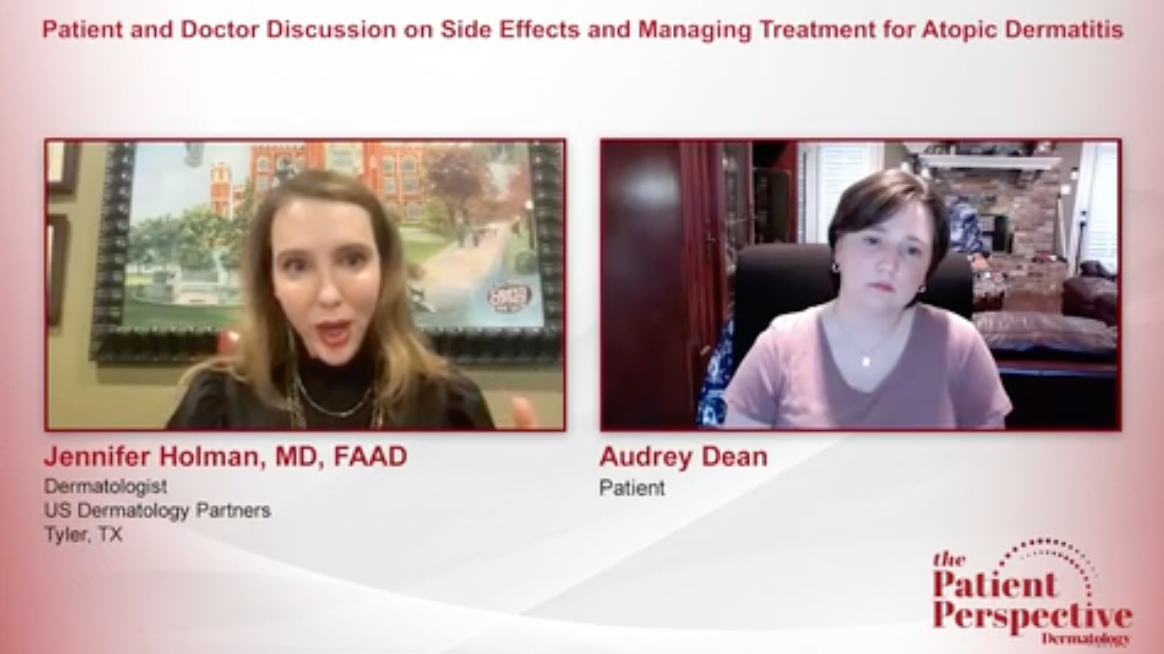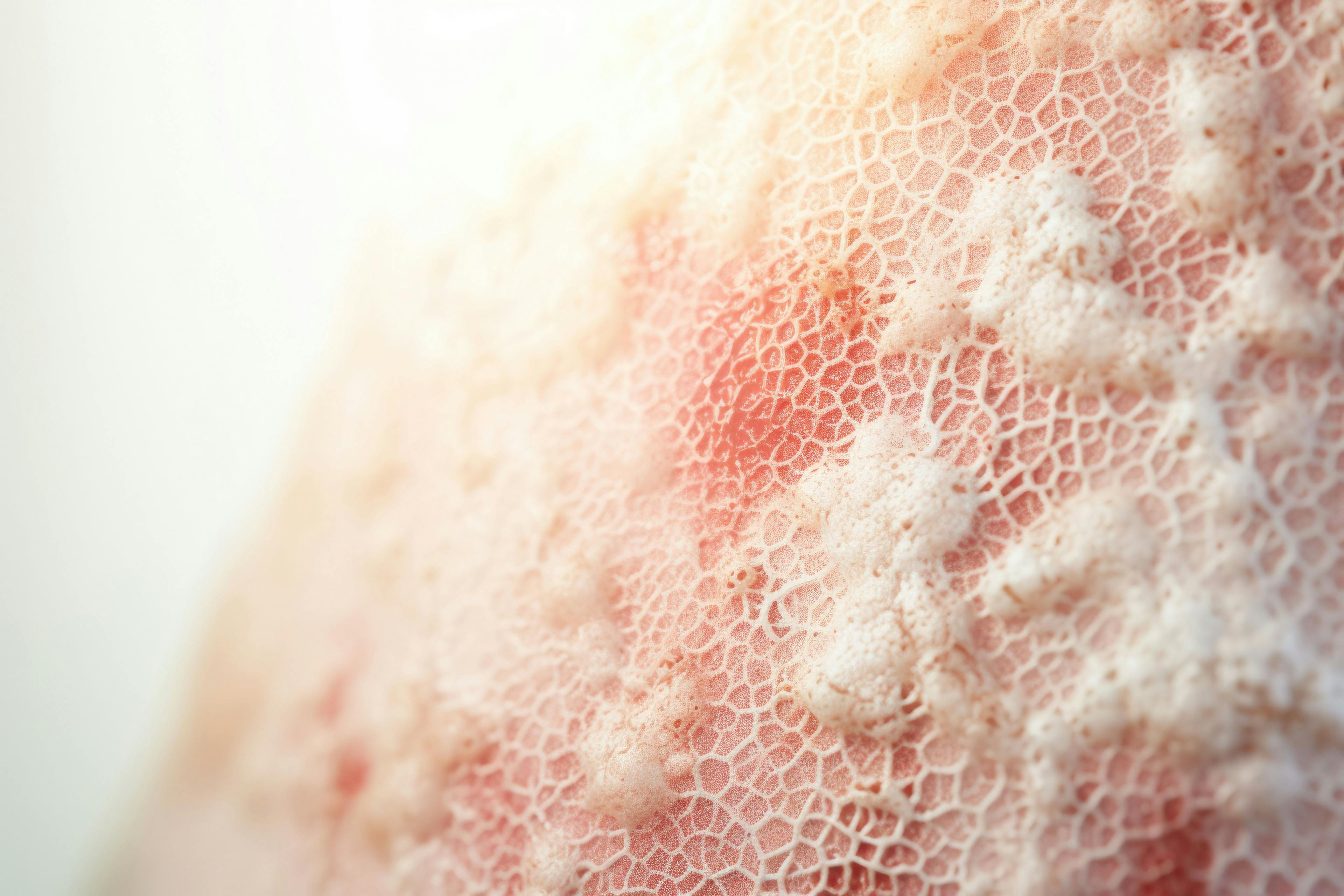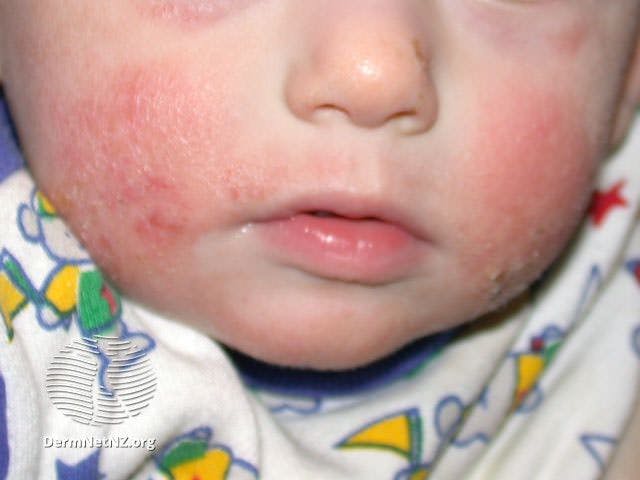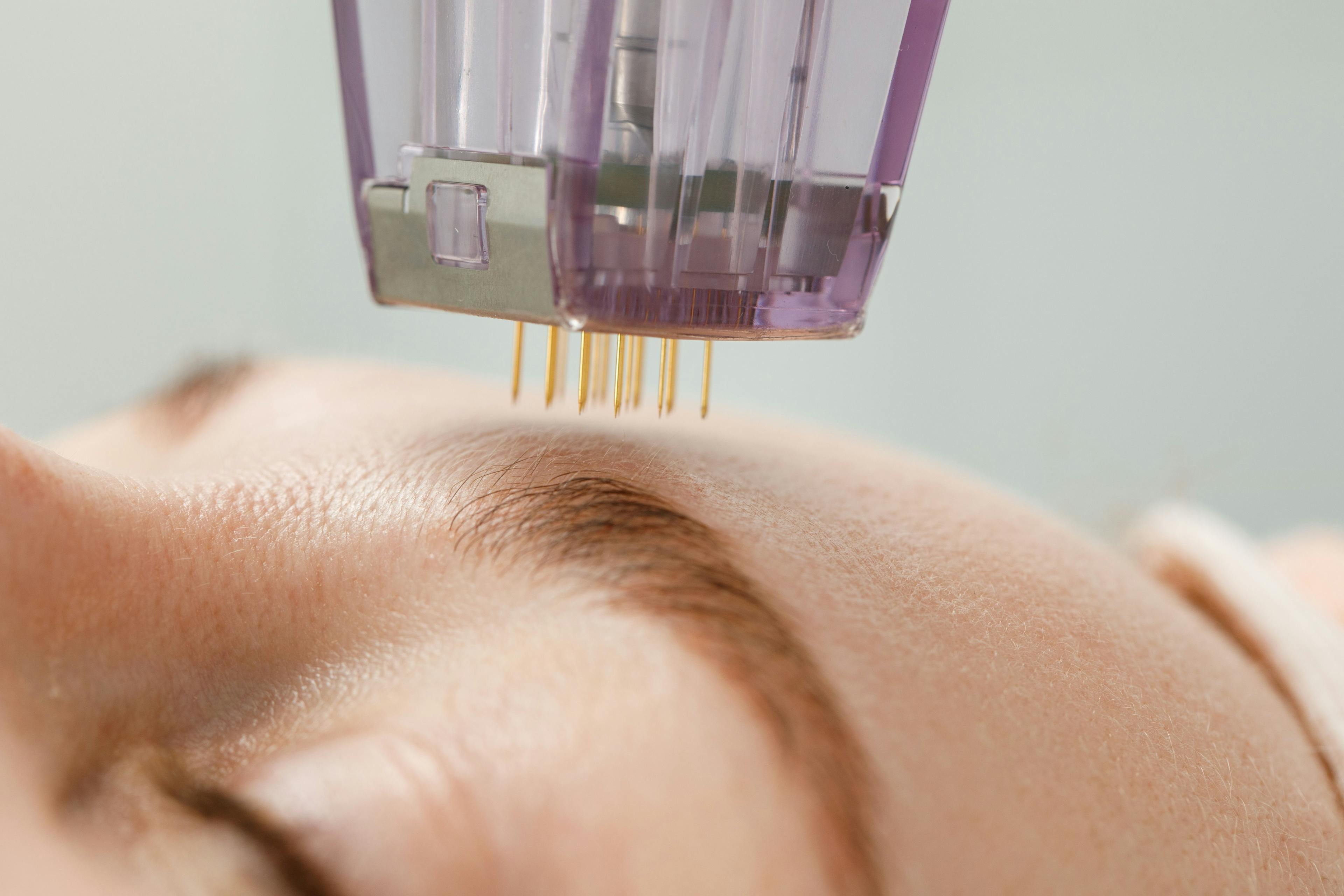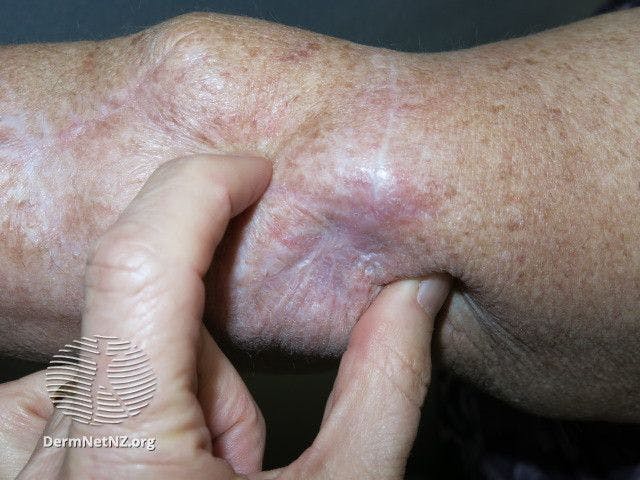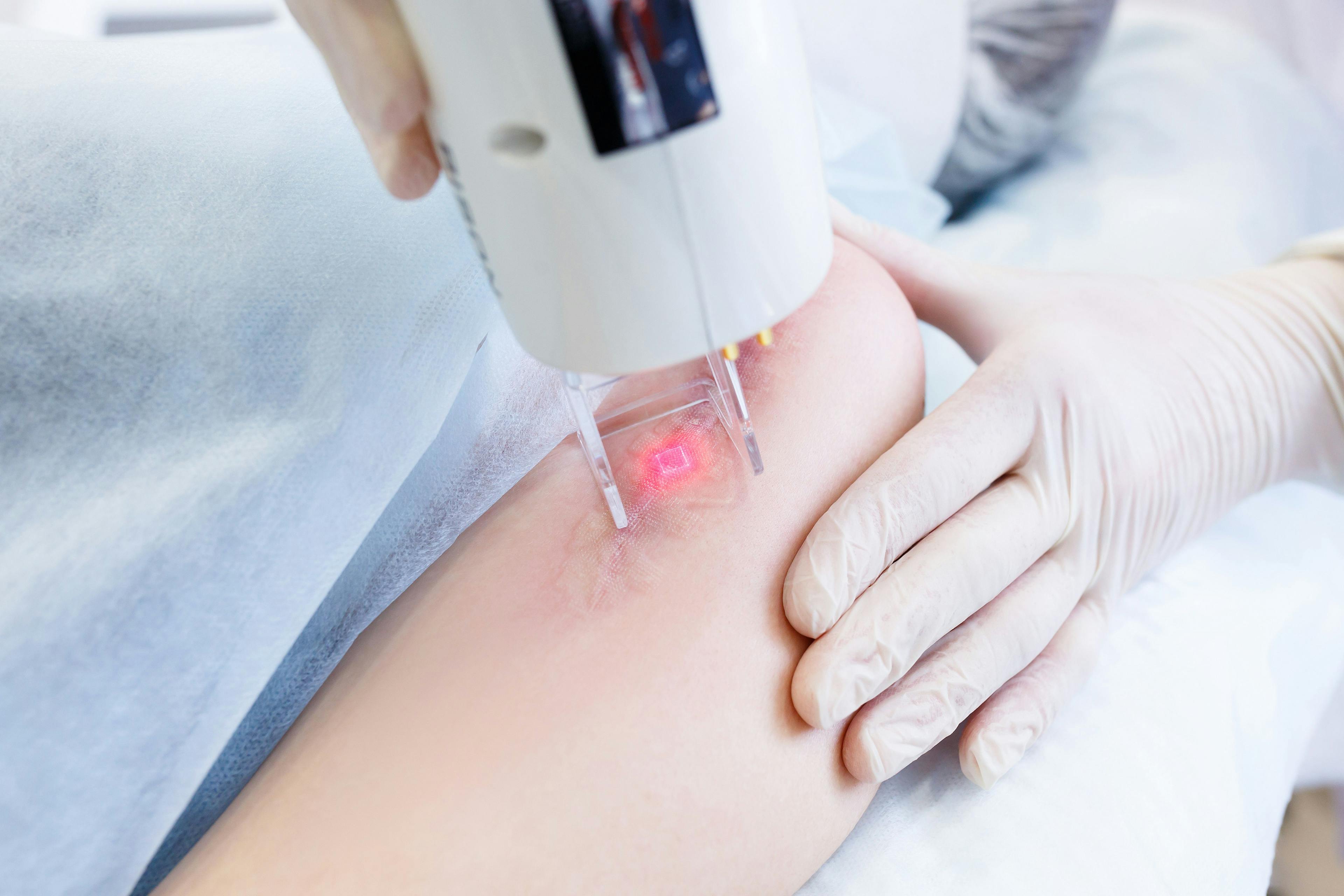- Acne
- Actinic Keratosis
- Aesthetics
- Alopecia
- Atopic Dermatitis
- Buy-and-Bill
- COVID-19
- Case-Based Roundtable
- Chronic Hand Eczema
- Chronic Spontaneous Urticaria
- Drug Watch
- Eczema
- General Dermatology
- Hidradenitis Suppurativa
- Melasma
- NP and PA
- Pediatric Dermatology
- Pigmentary Disorders
- Practice Management
- Precision Medicine and Biologics
- Prurigo Nodularis
- Psoriasis
- Psoriatic Arthritis
- Rare Disease
- Rosacea
- Skin Cancer
- Vitiligo
- Wound Care
Feature
Article
Dermatology Times
Sue Ellen Cox, MD, Looks Ahead to Hyperhidrosis Awareness Month
Author(s):
November is Hyperhidrosis Awareness Month, and dermatology clinicians are gearing up for another month of raising awareness to improve patient outcomes.
November is Hyperhidrosis Awareness Month, and as the International Hyperhidrosis Society is preparing for another month of improving education and raising awareness, dermatology clinicians are also spotlighting hyperhidrosis and how patient outcomes can be improved.
Sue Ellen Cox, MD

Sue Ellen Cox, MD, board-certified dermatologic surgeon and founder and medical director of Aesthetic Solutions in Chapel Hill, North Carolina, recently spoke to Dermatology Times to discuss common misconceptions about hyperhidrosis, available treatment options, patient struggles, and the importance of clinicians becoming more involved in hyperhidrosis awareness.
Dermatology Times: What are a few common misconceptions about hyperhidrosis?
Cox: One of the most common misconceptions is the notion that hyperhidrosis is rare. That is largely due to it being underdiagnosed and undertreated. In fact, the International Hyperhidrosis Society (IHHS) estimates that one in three American adults (85.2 million) are bothered by excessive underarm sweating. That’s hardly “rare”!
One major survey showed 58% of adults with hyperhidrosis have never discussed their condition with a health care professional (HCP). The top reasons – misconceptions – were because many patients didn’t think it was a medical condition (60%) or didn’t think it could be treated (47%). Of the surveyed adults who had seen a health care professional about their excessive sweating, 57% remained undiagnosed. Across all adults, whether they discussed their excess sweating with an HCP or not, 82% were undiagnosed.1
Another misconception is that excessive sweating is predominantly addressed in clinical dermatology settings. In fact, market research shows many patients seen in aesthetic practices report levels of bother due to excessive sweating equal to that reported by patients diagnosed with hyperhidrosis. While we do have patients scheduling to discuss hyperhidrosis, just as often it’s tangential to their original purpose.
Dermatology Times: Are your patients aware of the various treatment options for excessive underarm sweating?
Cox: It depends. Patients scheduling to discuss hyperhidrosis concerns are generally well-informed. I do find many patients hesitant to mention they’re bothered by excessive sweating and unaware the degree to which it impacts their daily lives meets the criteria for a hyperhidrosis diagnosis. Those patients are rarely aware of treatment options. Patients scheduled to discuss hyperhidrosis have often tried topical OTC or prescription antiperspirants first; the more bothered patients will have tried oral or injected medications, I’ll review the options with patients, and recount my experience with the neuromodulators and MiraDry that we have offered in the practice for many years.
There is now also a new option that many patients will find appealing. The Brella 3-Minute SweatControl Patch is FDA-cleared for excessive underarm sweating in adults with primary axillary hyperhidrosis. The treatment is quick, safe, noninvasive and aluminum-free with no downtime. Clinical trials show it significantly reduced excessive underarm sweating for 3 to 4 months, with most treated patients reducing their sweat production by half or more. Many patients also reported significant lifestyle improvements including not having to change their shirts multiple times each day, not taking multiple daily showers, and feeling more confident.
Dermatology Times: What do you find that your patients struggle most with hyperhidrosis?
Cox: There’s research to show excessive sweating can be embarrassing and interfere with daily life on a personal, social, professional, and financial basis. That’s consistent with what I see in my practice. Patients tell me they must plan their clothing right, wear extra antiperspirant, and bring extra clothing – just in case. They struggle with dry cleaning bills. Some are embarrassed and don’t go to social events. Many want to do something about it but don’t want expensive or invasive options for treatment. Overall, I hear their lives are limited by this lingering fear, but they live with it and manage.
Dermatology Times: In your experience, what do you find most challenging about treating hyperhidrosis?
Cox: Patient expectations are always the most challenging component of treating hyperhidrosis. We have a number of options for axillary hyperhidrosis but the lack of treatments for other areas like hands, feet, groin, and hairline remains a concern. It will be interesting to see if that changes in the future.
Dermatology Times: What are your go-to treatment pearls or recommended medications/products?
Cox: Patients vary in terms of happiness, and I try to use treatment based on their expectations and goals. I discuss candidacy for treatment with patients as a pyramid. For the broad base of the pyramid, people minimally to moderately bothered who find excessive underarm sweating embarrassing and undermining their confidence, we have a safe, effective, quick, and relatively inexpensive treatment like Brella. For those with more pronounced or other areas of concern, we have neuromodulators and MiraDry. I educate so patients can choose wisely for themselves. I find that treatment results vary by patient as do their choices for treatment to meet their needs.
For patients, the biggest risk is often the financial one. Optimum improvement often carries a higher price tag, may come with increased side effects, may be more invasive, and may not, in the end, be more efficacious. There is no sure bet, cookie-cutter approach – all patients are different and are interested in different options. I have a frank conversation and set an appropriate range of expectations.
I’m glad to see Brella come to the market. It’s novel, and since it recently received the 2023 Allure Best of Beauty Breakthrough Award, I think we’ll see more inquiries from patients interested in talking about their concerns. It may be a good treatment for patients bothered by excessive sweating who would not consider other options to reduce it.
Dermatology Times: What is the importance of Hyperhidrosis Awareness Month and how can other clinicians be involved?
Cox: Hyperhidrosis Awareness Month provides an opportunity to raise awareness. While sweating is normal, excessive sweating is not, and the impact on affected individuals can be significant. The hope is that Hyperhidrosis Awareness Month lets people know when sweat bothers them, and there are products and treatments to help. The International Hyperhidrosis Society (https://www.sweathelp.org) is a great resource for patients and physicians alike, and patients interested in a quick quiz to see if their sweating may be considered excessive can go to MyBrella.com and take the Sweat Aware Quiz.
Sue Ellen Cox, MD, is a board-certified dermatologic surgeon, founder and medical director of Aesthetic Solutions in Chapel Hill, North Carolina. Dr. Cox runs an active clinical research center, Aesthetic Solutions, and has performed clinical trials and pivotal studies on most neuromodulators and fillers.
Dr. Cox is a contributing editor for the Journal of Dermatologic Surgery, an editor for Modern Aesthetics, and has authored or co-authored more than one hundred peer-reviewed articles and book chapters. She is past president of the American Society for Dermatologic Surgery (ASDS) and currently serves on committees and boards for the ASDS, the American Academy of Dermatology, and various pharmaceutical and device manufacturers. Dr. Cox lectures internationally, directs national workshops, and teaches cosmetic dermatology clinics to residents at the UNC School of Medicine and Duke University Medical Center.
Reference
1. Doolittle J, Walker P, Mills T, et al. Hyperhidrosis: an update on prevalence and severity in the United States. Arch Dermatol Res. 2016; 308: 743–749. https://doi.org/10.1007/s00403-016-1697-9.

Newsletter
Like what you’re reading? Subscribe to Dermatology Times for weekly updates on therapies, innovations, and real-world practice tips.



